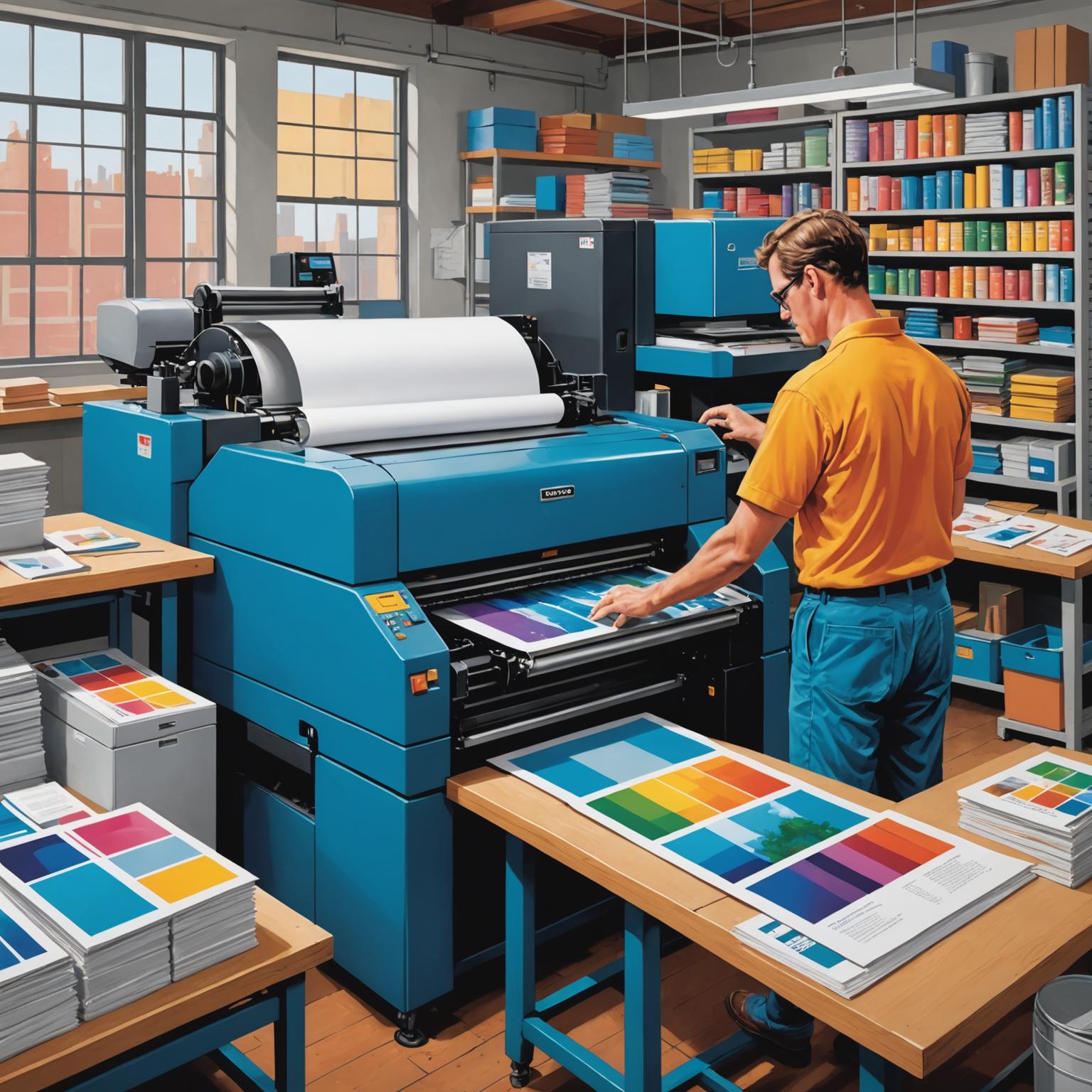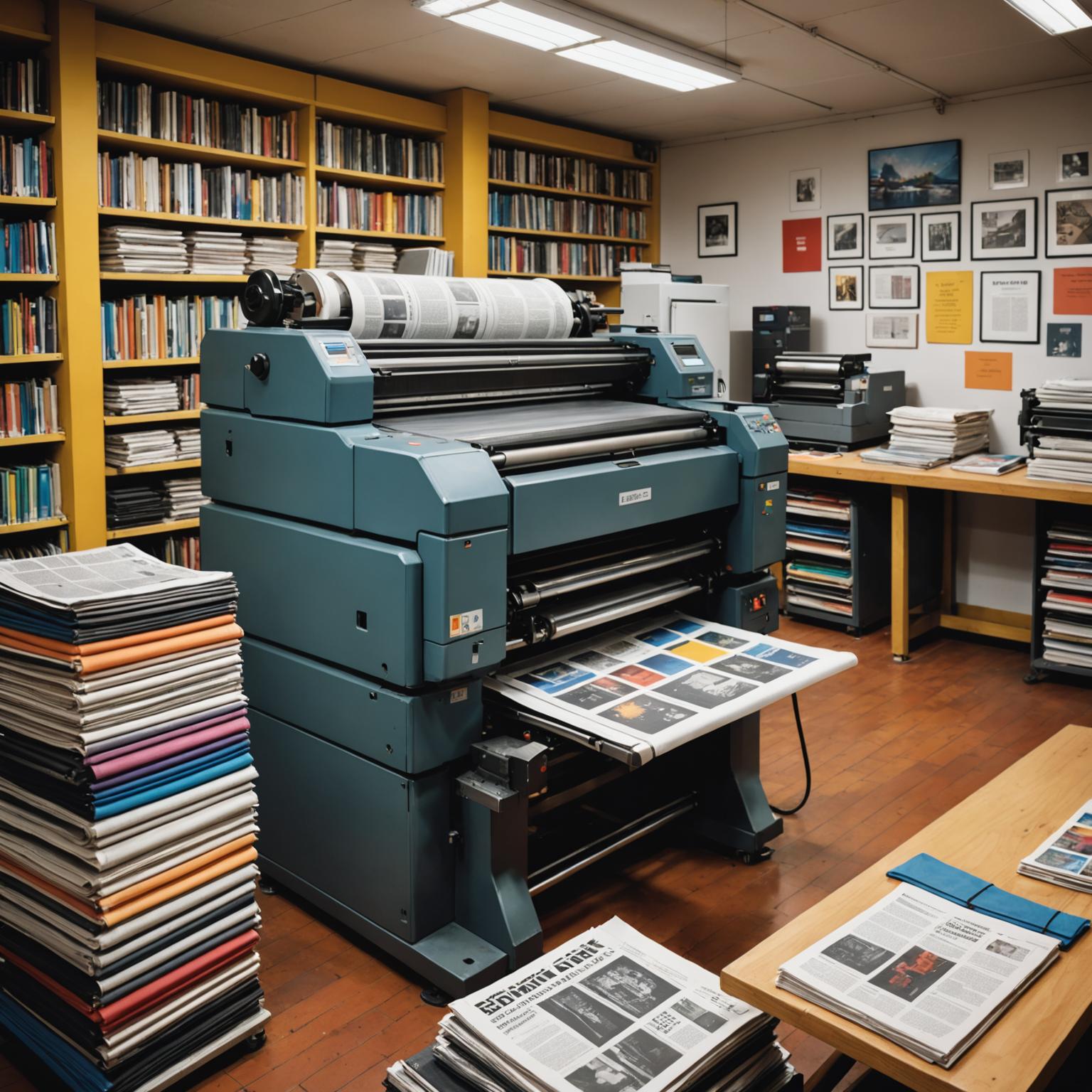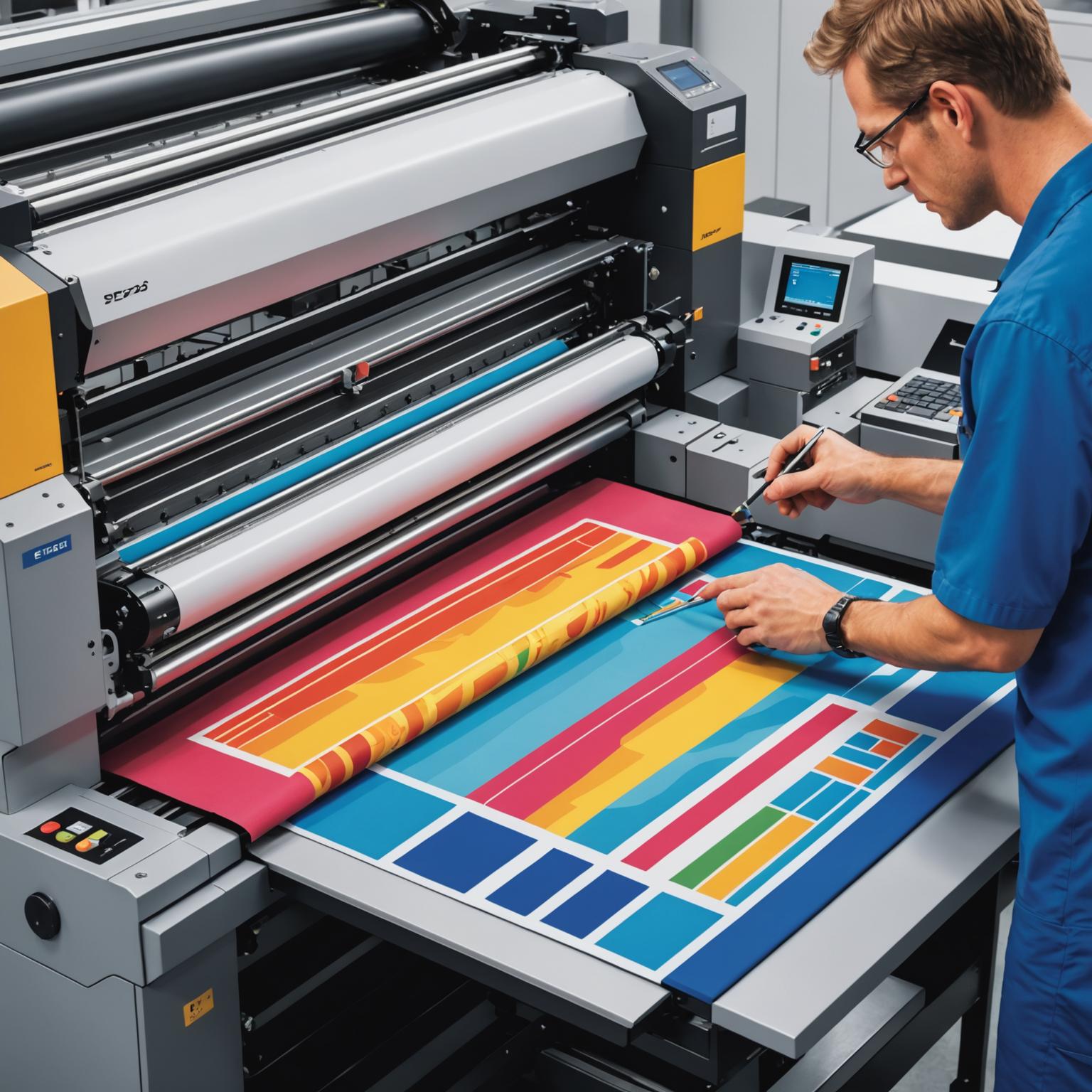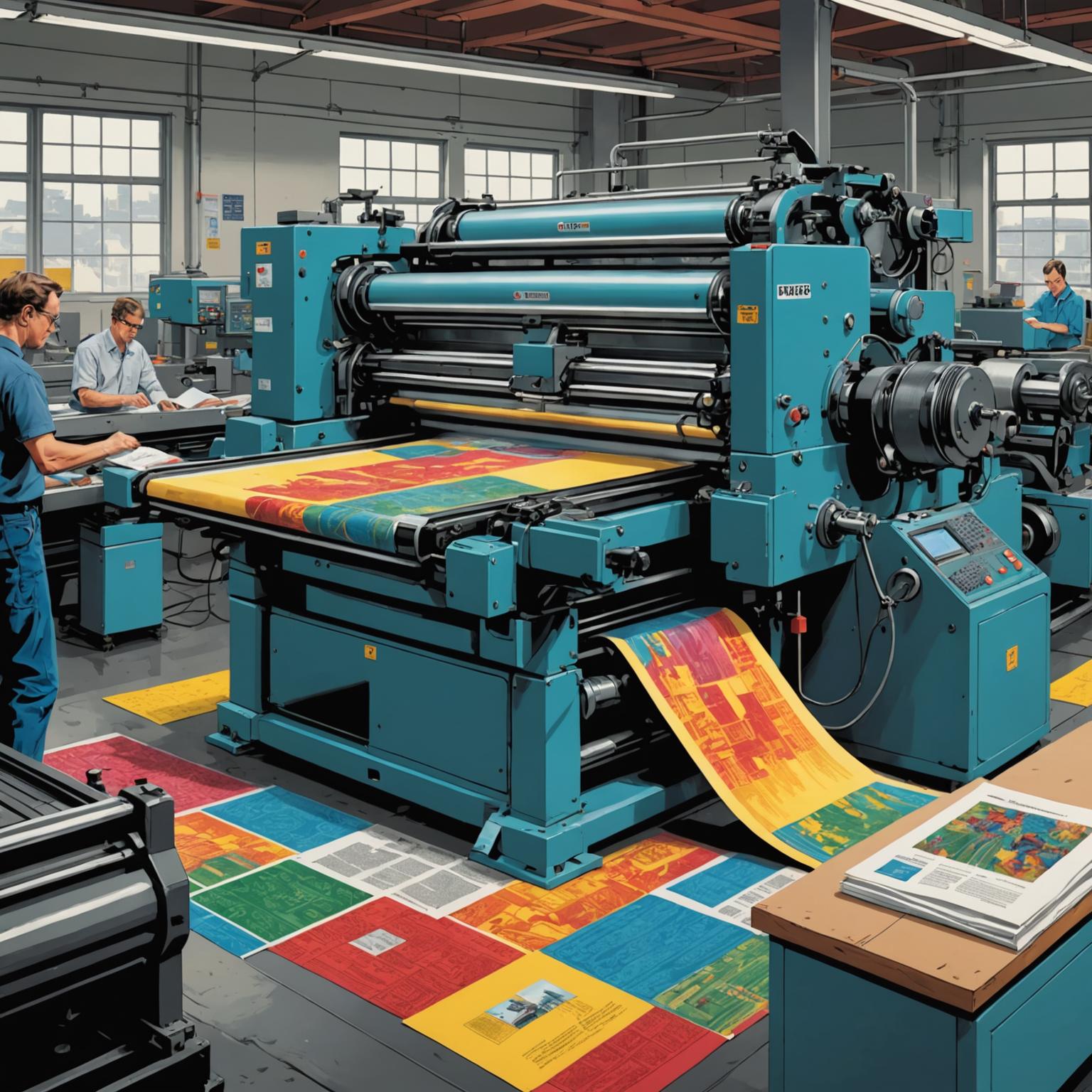The journey of a printed piece doesn't end when the ink hits the paper. The crucial final stage, known as Post-press, involves a series of finishing processes that transform a simple print into a polished, professional product. These techniques, which range from cutting and folding to binding and coating, are essential for adding durability, functionality, and aesthetic appeal. One of the most popular and effective finishing options is the application of a Varnish, a clear coating that can dramatically enhance the look and feel of the final piece, giving it a premium finish that captures attention.
The Role of Varnish in Print Finishing
A varnish is essentially a clear ink without pigment that is applied to a printed sheet to provide protection and enhance its visual qualities. Think of it as a protective seal that guards against scuffs, fingerprints, and moisture, significantly increasing the longevity of the printed material. Beyond protection, the right Varnish can create a powerful visual impact. A gloss varnish, for example, makes colors appear more vibrant and rich, while a matte finish offers a sophisticated, non-reflective surface. There are also satin or silk finishes that provide a happy medium between the two. The choice of finish is a critical part of the design process, influencing how the end-user perceives the quality and value of the item.
Exploring the Benefits of Water-Based Varnish
Among the various types available, Water-based varnish, also known as aqueous coating, has become a preferred choice for many printing projects due to its environmental and practical benefits. Unlike solvent-based alternatives, it uses water as its primary carrier, resulting in significantly lower emissions of Volatile Organic Compounds (VOCs). This makes it a more eco-friendly option for sustainable printing. Furthermore, a Water-based varnish dries quickly, often through heat and forced air, which speeds up the overall production timeline. It is also highly resistant to yellowing over time, ensuring that the printed piece maintains its original appearance for longer. Its durability and cost-effectiveness make it an excellent all-purpose coating for items like brochures, catalogs, and direct mail.
Applications and Best Practices for Varnishing
The application of these coatings is a versatile part of the Post-press workflow. It can be applied as a 'flood' coating, covering the entire printed sheet from edge to edge for uniform protection and sheen. Alternatively, 'spot' varnishing allows designers to highlight specific elements, like a logo or a photograph, creating a striking contrast between the coated and uncoated areas of the paper. This technique adds a tactile and visual dimension that draws the eye. When selecting a coating, it's important to consider the paper stock, as different papers absorb varnish differently. Heavier, coated stocks tend to produce the best results, allowing the finish to sit on the surface and showcase its intended effect.
Conclusion: Elevating Your Printed Materials
In conclusion, the finishing stage is where good printing becomes great. By incorporating Post-press techniques, you add significant value and professionalism to your projects. Finishes like a Water-based varnish do more than just protect the ink; they elevate the entire user experience, making the final product more engaging and memorable. Whether you are creating high-end packaging, a corporate brochure, or a simple flyer, considering this final touch from the beginning of the design process can make all the difference in creating a piece that stands out and achieves its communication goals.







